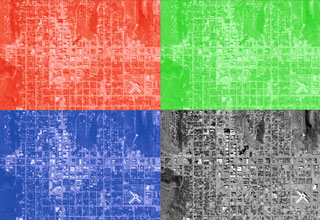Machine Learning in Mineral Wells (Source: Civil + Structural Engineer)
By Tak Makino
West of the Dallas-Fort Worth metroplex is a small city of approximately 15,000 people called Mineral Wells. Over the last decade, the city has been battered by repetitive flooding events that have strained its existing stormwater infrastructure. Facing a budget shortfall and an urgent need to upgrade its stormwater infrastructure, the City contracted Lockwood, Andrews & Newnam, Inc. (LAN), a national planning, engineering, and program management firm, and NewGen Solutions, a management consulting firm, to perform a stormwater utility fee study. Based on the study, the city wanted to set new storm water utility rates that would subsequently be used to expand its stormwater infrastructure.
Stormwater Utility Fee Components
Three major components go into a stormwater utility fee study:
1. Utility billing
2. Parcel data
3. Impervious surface coverage
Utility billing data provides a convenient existing framework upon which to build the stormwater utility fee. The stormwater fee can be added as an additional charge item to existing utility customers. This avoids the creation of a new billing system for the stormwater utility fee and allows both customers and the city to use a billing system with which they are familiar.
CLICK HERE TO READ COMPLETE STORY

